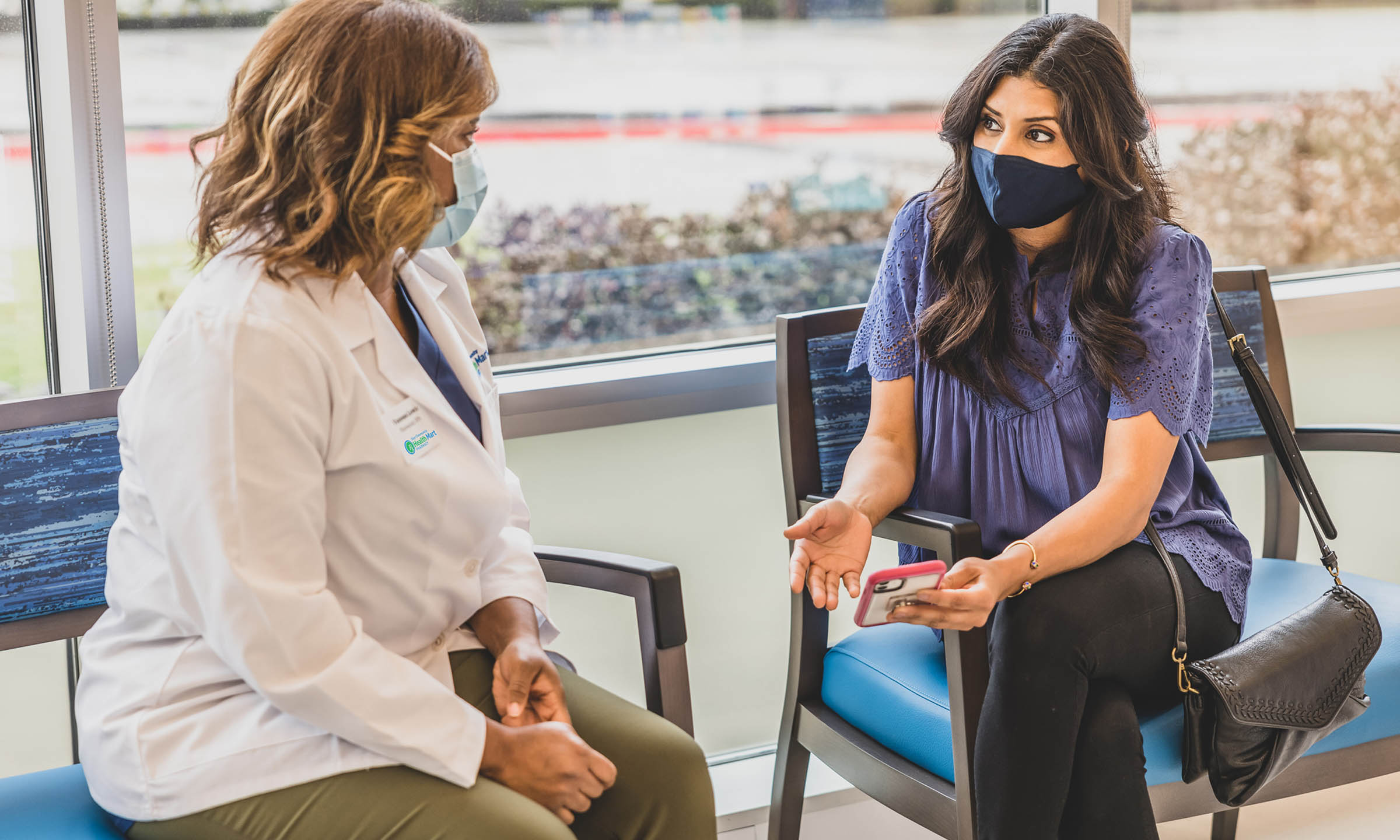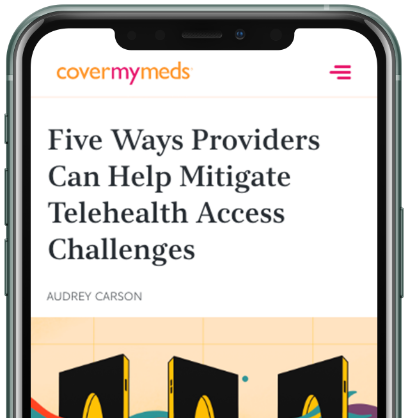Reimagining Healthcare Technology at NCPDP 2021
NCPDP leaders and members collaborated and shared on improvements to healthcare solutions at the annual conference held by the industry’s leading standards development organization for prescription technology.

The leading standards development organization for prescription technology is setting its sights on social determinants of health, real-time prescription benefit and interoperability. This year, the National Council for Prescription Drug Programs (NCPDP) finalized its real-time prescription benefit (RTPB) standard, evaluated Fast Healthcare Interoperability Resource (FHIR) compatibility with their standards and developed a new specialty pharmacy enrollment standard.
Lee Ann Stember, NCPDP president and CEO, addressed these topics and the organization’s three-year plan during her State of the Association address to a virtual crowd at the NCPDP Annual Technology & Business conference.
“Our ability to advance solutions and achieve substantial progress … speaks volumes to our collective ability to have a positive impact on healthcare for patients and all healthcare stakeholders, even in the most difficult times,” Stember said.
Stember said in the next three years, NCPDP plans to further advance patient care and healthcare technology — top priorities for the organization in recent years.
The recent NCPDP RTPB standard will help patients and providers find the lowest cost for their prescriptions. A recent six-month study funded by the NCPDP Foundation found prescriptions created after NCPDP RTPB transactions were less than, equal to or no more than three cents higher than the cost estimation 98 percent of the time.Research by Johns Hopkins Medicine Shows NCPDP’s RTPB Standard Provides Accurate Point-of-Care Medication Cost Estimates That Lead to Patient Savings at the Pharmacy, NCPDP Foundation, 2020 Patients’ average out-of-pocket cost savings at the time of medication dispense was over $21, while the highest cost savings at dispensing was more than $1,000.Research by Johns Hopkins Medicine Shows NCPDP’s RTPB Standard Provides Accurate Point-of-Care Medication Cost Estimates That Lead to Patient Savings at the Pharmacy, NCPDP Foundation, 2020
For complex and often costly specialty medications, NCPDP collaborated with HL7 to develop a new specialty pharmacy enrollment standard. This standard creates a faster, more efficient specialty enrollment process for patients who need these medications with often complex affordability and access challenges.
To help support interoperability, NCPDP also completed an FHIR SWOT analysis to determine how FHIR integrates with NCPDP standards and where it can potentially help increase speed of standards development.
Another goal in the three-year plan is to bolster support for value-based healthcare. In 2018, about 36 percent of public and private healthcare spending was part of a value-based payment or pay-for-performance model, up from 23 percent in 2015.The Next Decade of Value-Based Care, Healthcare Intelligence Report, 2020 The increasing trend of value-based care will likely continue to grow, Stember said.
This data includes medication adherence, gaps in care and should be accurate and reported in real time, Stember said. Task groups have also developed use-case guidance for how to apply the SCRIPT standard in relaying social determinants of health data, an important component in value-based administration.
Real-time, accurate data and social determinants of health were also popular topics in the conference track sessions during NCPDP’s first virtual conference, held June 28-30, 2021.
”It is clear that success in value-based payment models is contingent in part on healthcare providers and payers having access to, and exchange of, robust patient population data,” Stember said.
The conference features educational programming for healthcare stakeholders to hear updates on technology, regulations and innovations in the prescription drug space. As an organization, the NCPDP develops industry standards like those used in electronic prior authorization (ePA) transactions and other pharmacy and provider communications and interactions.
“Our ability to advance solutions and achieve substantial progress … speaks volumes to our collective ability to have a positive impact on healthcare...even in the most difficult times."
Lee Ann StemberNCPDP President & CEO
Addressing the whole patient at the point of prescribing and beyond
This past year highlighted disparities in healthcare more than ever, as tens of millions lost their jobs, minority populations were more adversely affected by COVID-19 and preexisting conditions worsened due to a drop in diagnostic appointments.
Presenters addressed the need for providers and, in turn, healthcare technology to support social determinants of health data for more intentional choice in patient medication and affordability options.
One session, led by CoverMyMeds’ Kim Diehl-Boyd, vice president, industry relations and government affairs, and Stacy Hopkins, director, business development, further dove into non-benefit options as a better choice for patients. These options can be especially relevant for the nearly half of Americans under 65 on high-deductible health plans or the uninsured.Health Insurance Coverage: Early Release of Estimates From the National Health Interview Survey, January–September 2018, National Center for Health Statistics, 2019
CoverMyMeds survey data suggests pharmacists are most often the care team member holding affordability conversations with patients, so tools that surface affordability options – inclusive of cash pricing — can help empower them as they step into larger roles on the care team.CoverMyMeds Pharmacist Survey, 2020CoverMyMeds Provider Survey, 2020
However, technology that helps spark affordability conversations earlier in the patient journey, at the point of prescribing, can help avoid sticker shock and emotionally charged decisions later. Provider adoption of these tools is necessary to help value-conscious patients understand their options. And for this to happen, Hopkins said, they need to trust in the tools and the information they surface.
“Having the data there and knowing it’s accurate will increase utilization from a provider perspective,” Hopkins said. “It (can help) create a stronger relationship with their patients.
Other sessions touched on effective ways to reach minority communities for healthcare providers, including pharmacists. This included being aware of the words and images used when communicating with multicultural patients to help address healthcare equity and best meet patient medication needs.
Actionable tools at the point of prescribing and at the pharmacy should reduce the cognitive load for pharmacists and providers, surfacing patient-specific benefit details, PA needs and operational efficiencies, patient assistance and discount options as well as supplemental clinical messaging such as drug insights.
Diehl-Boyd went on to describe additional opportunities to help care teams more holistically address patient care, such as information around adherence, services offered through patient organizations such as transportation needs, utility payment support and housing details.
“How much better would the patient’s care be if the provider and the whole of the care team, including pharmacists, had access to this information right in their clinical workflow?” Diehl-Boyd said.
By considering all factors affecting each patient, providers and care teams can more effectively use technology such as RTPB to help patients find affordable, accessible medication options.
Surfacing real-time, complete patient-specific data for improved prescribing
Following NCPDP’s own prioritization of the RTPB standard, RTPB technology was a prominent topic throughout the track sessions. These sessions included thoughts on what’s limiting provider adoption of the technology — namely lack of consistently surfaced, accurate data and integrated systems within their EHR.
In another presentation, Diehl-Boyd and Lisa Schwartz, Pharm.D., senior director of professional affairs at the National Community Pharmacy Association, made the connection between addressing social determinants of health and using price transparency solutions.
As Schwartz and Diehl-Boyd pointed out, 86 percent of providers said a reliable RTPB solution would benefit their patients and help them in making more informed decisions regarding treatment.CoverMyMeds Provider Survey, 2019
“Real-time prescription benefit technology is a steppingstone to empowering prescribers with the information required to formulate care plans around patient-specific decision-making drivers,” Diehl-Boyd said.
Solutions that go beyond formulary and benefit data, which is often outdated, and partner directly with payers and pharmacy benefit managers (PBM) to surface updated patient-specific information can help providers hold productive conversations with patients. Other sessions pointed out that regarding affordability communications, the earlier patients can understand their options and the cost of their drug, the better.
In fact, patients whose providers used an RTPB solution at the point of prescribing were 19 percent more adherent to picking up their medication than those who didn't.CoverMyMeds data on file, 2019
Notable awards and recognition
The conference also highlighted the hard work of its members and recognized standouts with awards. NCPDP named Anne Johnston, R.Ph., senior director, enterprise data governance, Express Scripts, as recipient of its prestigious TIME (The Individual Member Excellence) Award.
Monique Irmen, director, government programs, McKesson, was presented the Benjamin D. Ward Distinguished Member Award.
Newly elected board of trustees members also took office, including Diehl-Boyd, who was elected to one of the nine positions this year.
The near future of healthcare innovation looks bright as NCPDP and its task groups and work groups forge ahead in understanding provider, pharmacist and, most importantly, patient needs in a changing landscape.
For more on upcoming changes to the healthcare landscape and on how regulations shape the industry, read our 2021 Medication Access Report: Legislative & Regulatory Edition.
The latest healthcare insights, floated right to your inbox.



